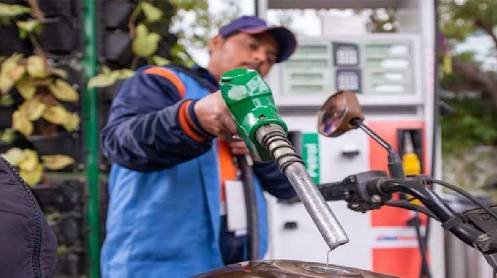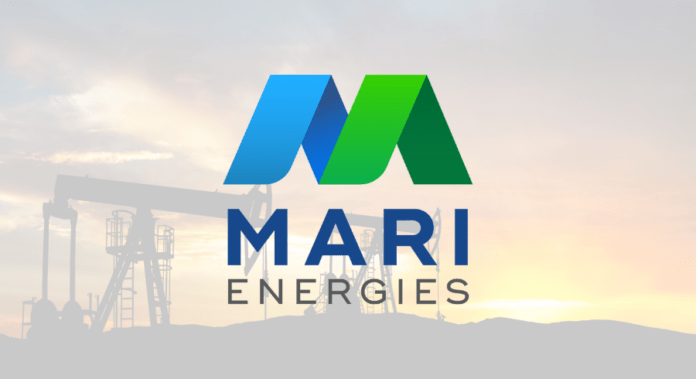ISLAMABAD: After four consecutive fortnightly price cuts, the major petroleum products — petrol and high-speed diesel (HSD) — are estimated to become costlier by Rs7 and Rs8 per litre, respectively, with effect from July 1 for the next fortnight, mainly because of the higher international market.
Informed sources said the prices of petrol and HSD had increased in the international market by about $4.4 and $5.5 per barrel, respectively, in the last fortnight. Depending on the final calculation and existing tax rates, the price of petrol is projected to be Rs7 higher and that of HSD to go up by Rs8.5 per litre.
The price increase could be higher if the government opts for a higher petroleum development levy (PDL) from the existing Rs60 per litre with the start of the new fiscal year.
The government has jacked up the maximum limit of PDL to Rs80 per litre in the Finance Bill 2024 to collect Rs1.28 trillion against Rs960bn estimated collection during the outgoing fiscal year, almost Rs91bn higher than the Rs869bn budget target.
Finance Minister Muhammad Aurangzeb, however, announced on June 13 that PDL would be gradually increased depending on the pricing trend.
During the current fortnight, the import premium on both petrol and HSD has remained unchanged at $9.60 and $6.50 per barrel, respectively. On the other hand, the rupee depreciated by about 17 paise against the dollar during the fortnight.
Since May 1, the prices of both petrol and HSD have been going down mainly because of the slump in the international market. The petrol price has since dropped by about Rs35 per litre to about Rs259 from about Rs294 on April 30. Likewise, the HSD price has come down by about Rs22 per litre to Rs268 from over Rs290 in the second fortnight of April.
The government has already achieved Rs60 per litre PDL — the maximum permissible limit under the law — on both petrol and HSD.
The government had set a budget target to collect Rs869bn as petroleum levy on petroleum products during the current fiscal year under the commitments made with the International Monetary Fund (IMF), which has now been revised to Rs960bn, according to budget documents for 2024-25.
Currently, the government is charging about Rs77 per litre tax on petrol and HSD. Although the general sales tax (GST) is zero on all petroleum products, the government charges Rs60 per litre PDL on both products, which usually impacts the masses. The government also charges about Rs17 per litre customs duty on petrol and HSD, irrespective of their local production or imports.
On the other hand, it charges Rs50 per litre on light diesel and high octane blending components and 95RON petrol used by the wealthy in luxury imported vehicles.
Petroleum and electricity prices have been the key drivers of high inflation. Petrol is mainly used in private transport, small vehicles, rickshaws, and two-wheelers, and it directly affects the budget of the middle and lower middle classes.
On the other hand, HSD prices are considered highly inflationary as they are mostly used in heavy transport vehicles, trains, and agricultural engines like trucks, buses, tractors, tube wells, and threshers. It mainly adds to the prices of vegetables and other eatables.
Petrol and HSD are the major revenue spinners, with monthly sales of about 700,000-800,000 tonnes compared to just 10,000 tonnes of demand for kerosene.







